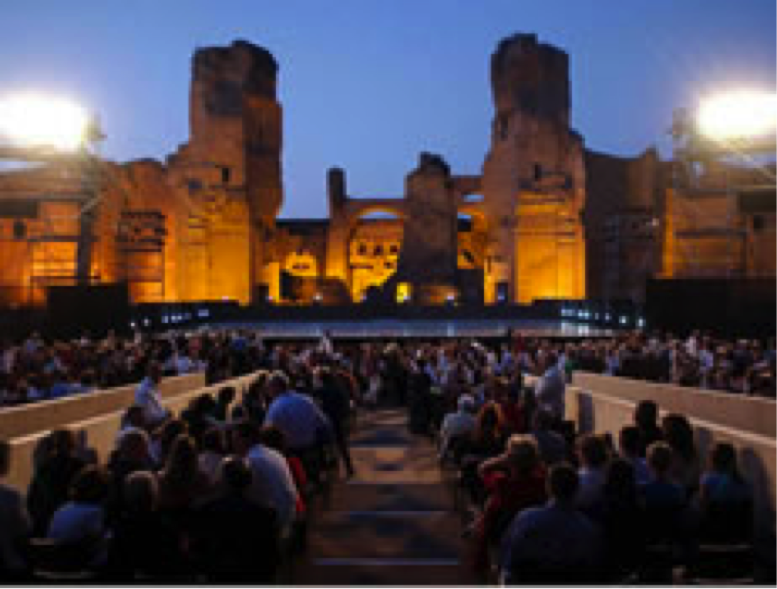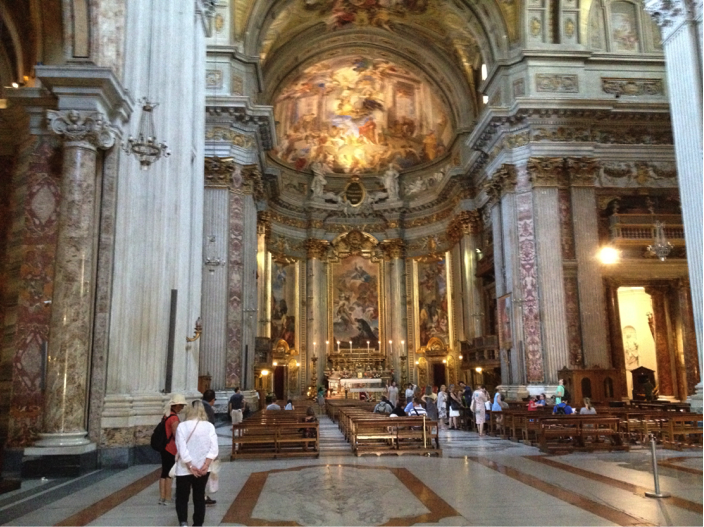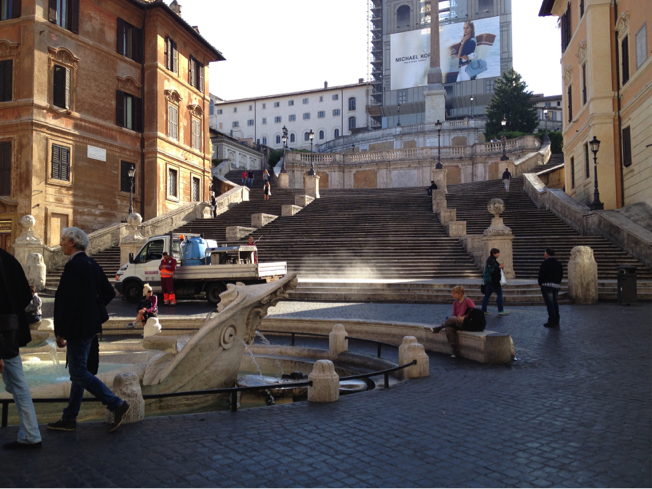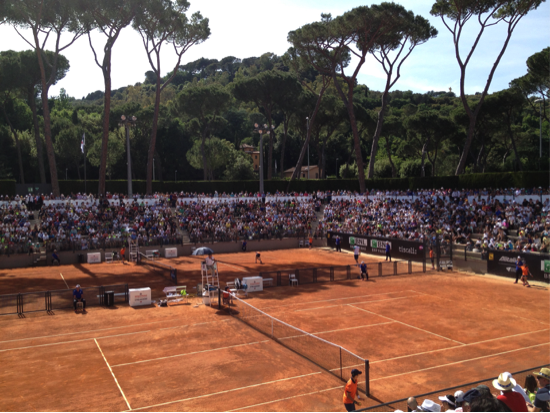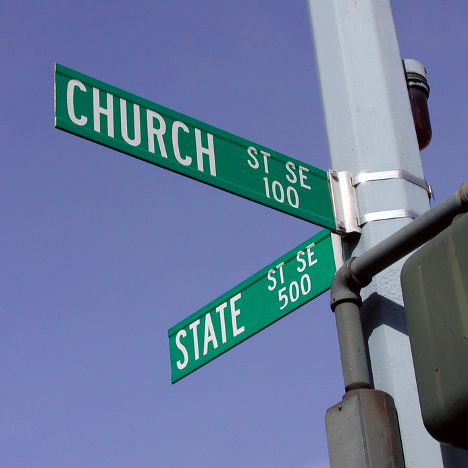#1 Opera at the Baths of Caracalla
The Baths of Caracalla were constructed in the 3rd Century. These public baths were constructed in an effort to curry favor with the Roman population. The site is impressive as an historical remnant, but today it is best known as the venue for summer opera productions performed by the Teatro dell’Opera di Roma. This summer Puccini is the featured composer with performances of Madama Butterfly, Turandot, and La Boheme. This summer’s series isn’t restricted to opera (Pink Floyd, Bob Dylan, and Elton John will also perform), but opera delivers its most dramatic experience.
Once, on a Pan Am layover, the hotel concierge told me about an outdoor opera at the Baths and I gathered a couple of other crewmembers to join me. We sat on the grass far from the stage and were transfixed as the music of Tosca spilled from that monumental stage. I’ve learned more about opera since that night, but I’ve never had a more memorable opera experience.
The summer season is short. This year Madama Butterfly opens on July 6 and the three operas run concurrently until August 7th. That’s it – one month but well worth the effort if you’re anywhere near Rome during that time.
#2 Pantheon
It’s difficult to overstate the impression one gets upon entering the interior space of the Pantheon. Originally conceived in 27 B.C. by Marcus Agrippa and rebuilt to it’s current state by the Emperor Hadrian in the 2nd Century, it is an engineering and architectural miracle. The concrete (Roman version) dome is the largest unreinforced concrete dome in the world. The oculus or opening at the top of the dome is the primary reason for its structural integrity and for preventing its collapse. While the dome is perfectly symmetrical on the interior, from the outside it is not, because the material is thinner at the top and gives a slightly rounded appearance.
Another surprising engineering fact is that the height (distance) to the oculus and the interior diameter of the building are exactly the same (142’), which must account in some way for the integrity of the unsupported dome. It’s a great mystery.
The obvious question when looking at the oculus is what happens when it rains? The answer is another triumph of engineering. The original marble floor of the building is still in place and slightly convex with holes drilled to drain the water. Surprisingly, when it rains very little water reaches the floor as much of it evaporates before it reaches the surface.
When it was built the building honored a pantheon of Roman gods, but since the 7th Century it has been a Catholic church dedicated to St. Mary and the Martyrs.
I wasn’t prepared for the impact of seeing the Pantheon from its interior. On the outside it appears to be another huge colonnaded structure with a triangular pediment and an inscription. Inside it is overwhelming. Don’t miss it.
#3 Church of St. Ignatius
The Church of St. Ignatius of Loyola is dedicated to the founder of the Society of Jesus. The original structure, the Collegio Romano, was built in 1551, but was rebuilt in the baroque style at the behest of Pope Gregory VX, an admirer of the Jesuit founder and its doors reopened in 1650.
The church is fascinating structure, simple on the outside and tucked into a small piazza on a narrow street midway between the Pantheon and Trevi Fountain. Its simple exterior belies the opulence of its interior. Architecturally it is interesting because its “dome” was never actually completed because the builders ran out of money. Their very creative solution was to hire a painter to paint a trompe l’oeil dome thus giving viewers the impression that they are standing beneath an actual dome.
The church is a quiet sanctuary, not heavily trafficked, and well worth a visit especially if you’re in the neighborhood and visiting the Pantheon.
#4 Piazza di Spagna (morning)/Via del Babuino (evening)
It may seem odd to include Piazza di Spagna (The Spanish Steps) and the upscale shopping area nearby as an important attraction while telling readers to avoid Trevi Fountain, a similarly popular tourist hangout. The reason is simple; Trevi is a tourist trap, and you’d be lucky to hear Italian spoken by the selfie-stick and sunglass sellers nearby, whereas the Piazza di Spagna neighborhood is where wealthy, stylish Romans live, shop, eat, stroll and hang out when the tourists leave at dusk. Granted it doesn’t have the gravitas of the Coliseum or the Forum, but it is where contemporary Romans strut their stuff. Grab an outside table at La Buvette on the Via Vittoria and check out chic Roman women toting large shopping bags from the likes of Chanel, Dolce and Gabbana, Gucci, Armani, and Versace. This year they’re all in black and white. Check out my earlier blog on the trend.
Bonus Extra: Rome Masters (Italian Open) Tennis
One extra item to include if you’re a tennis fan is the Rome Masters, sometimes called the Italian Open. The tournament takes place in May as a warm up for the French Open at Roland Garros. I’ve been to the US Open, Wimbledon, and the French Open – all impressive venues for the tennis crowd – but watching the top players in the world play in Rome was the best of all. The crowds are smaller, the prices reasonable, and the setting spectacular. The stadium venues are smaller and the outside courts stunning. Last month I watched two of the world’s best women players play on the near court while two of the best men played on the far court. I love the umbrella pines in the background and the shaded far side. Last year I was at Roland Garros. If I had a choice I would take the Rome Masters over Roland Garros any day for the spectator experience.
Enjoy…

